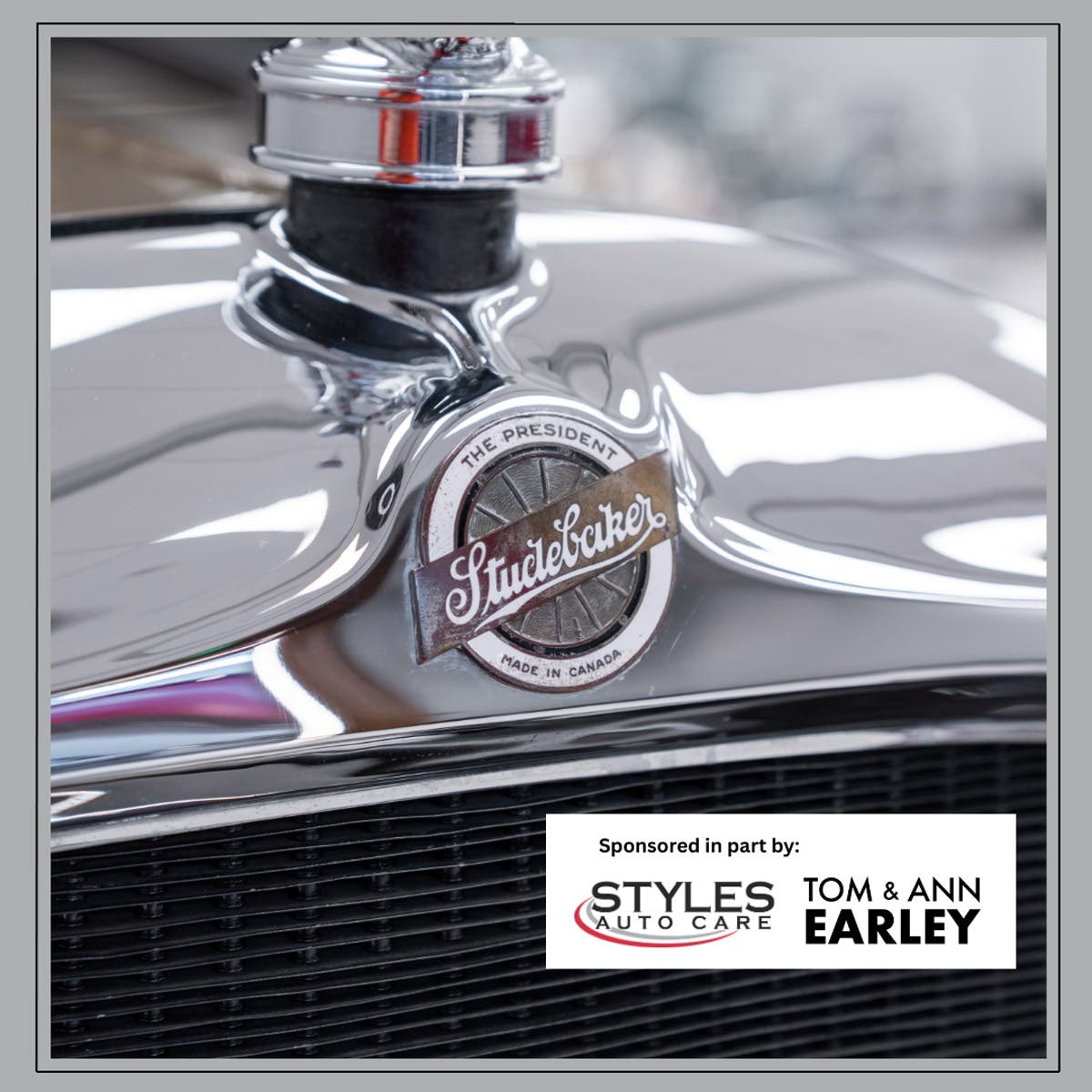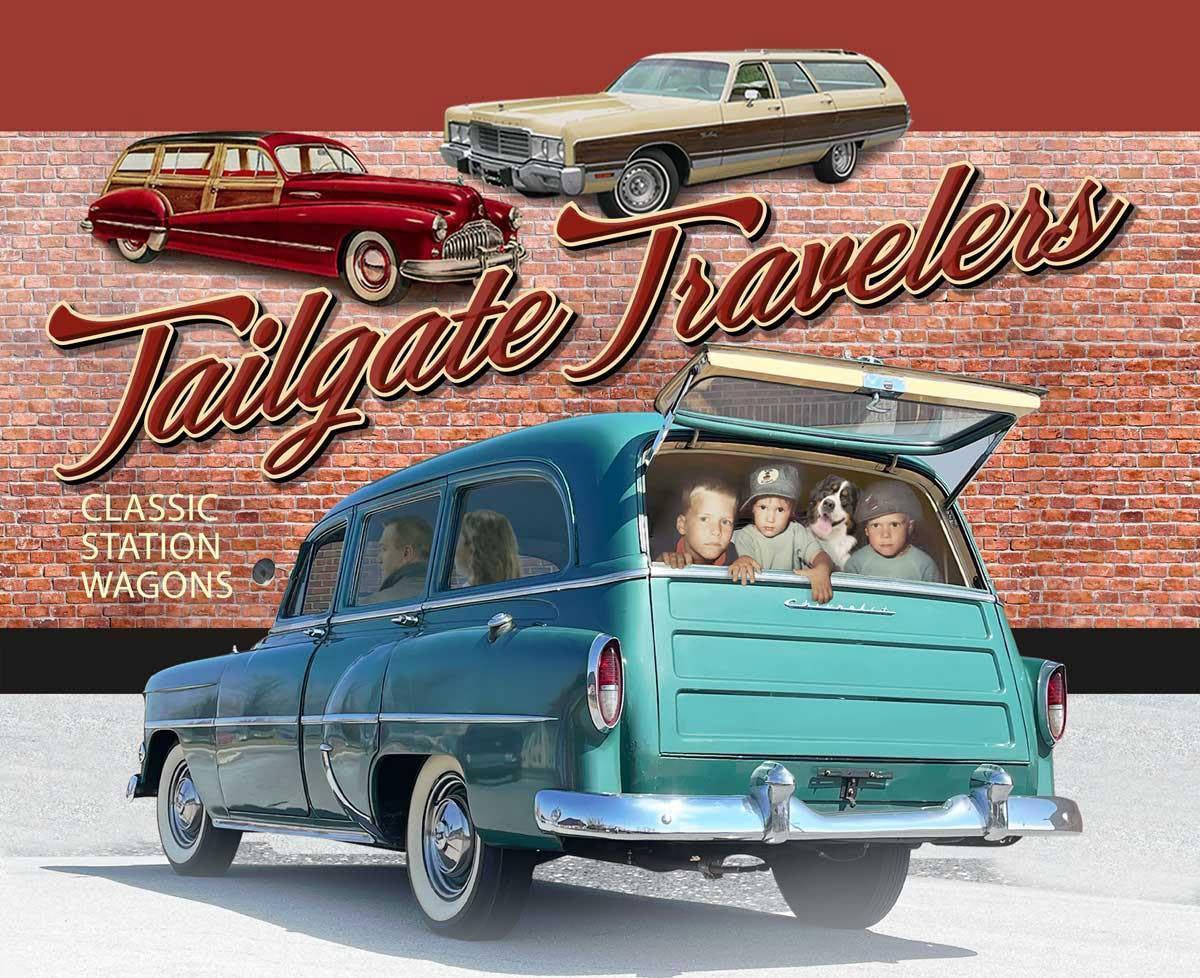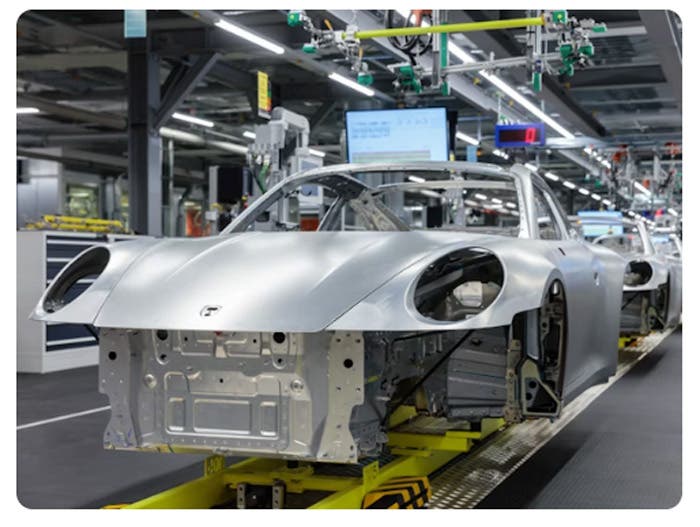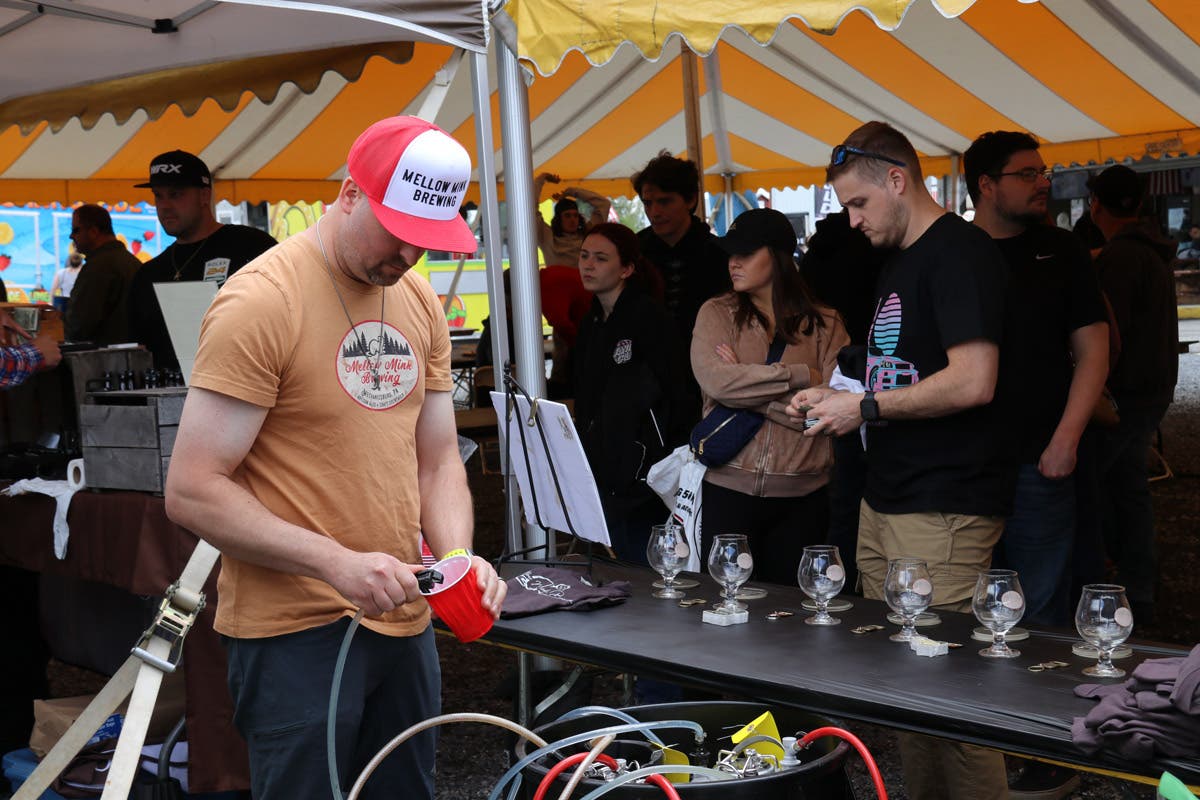If we set our viewfinder back to the new light-truck market of 1958, we find strong interest in what the truck of the future would look like. Style was coming in big time, and special models were taking on more passenger car-like features all the time.
Retro just wasn't being done, if you didn't count Willys. Or was it?
In March of 1958, the first Studebaker Scotsman pickup trucks rolled off the line at South Bend, Ind. They used basic 1949 styling and were stripped down to basics. In a style-conscious market, the Scotsman found moderate success. (Phil Hall collection)
When it came to Studebaker trucks, which were struggling for market share (and survival), retro was about all it could do. It was still using the basic body that first saw light as a 1949 model.
There had been cosmetic updates with the Transtar front-end redesign for 1957, but answering the highly styled pickups of the time, like the Chevrolet Cameo Carrier, GMC Suburban, Dodge Sweptside, Ford Styleside and International Custom, was out of the question. There was not enough money.
However, Studebaker did bring out a new pickup model for 1958. It attracted attention and helped sales, all by going retro and getting down to basics.
During the 1957 model year, Studebaker brought out a line of stripped-down passenger cars, the Scotsman series. They were basically Champions with less pizzazz, right down to painted hubcaps and cardboard interior door panels. They were a moderate success. So why not do the same thing to the pickup?
Instead of just removing equipment, Studebaker put a different face on the Scotsman pickup by returning to the front grille (more or less), fenders and headlights of the 1949 2R. The current hood was used, but the front scoop was blocked and a decal, complete with plaid background, covered it.
The stripping continued with painted hubcaps, no chrome badging, no glove compartment door, no spare tire (you got a wheel), no side mirror, one taillight and plain vinyl upholstery. Three colors were available, and two were extra cost. The only engine was the Work Star 185-cid, 92-hp flathead six with a standard three-speed manual transmission. The 3E-1 came with a 112-inch wheelbase and 6-1/2-foot bed.
When all the minus signs were punched in, Studebaker could advertise the Scotsman for $1,595, making it one of the lowest-priced pickups available at the time. Production began in March 1958.
There were options like mirrors, electric windshield wipers, overdrive transmission, Twin Traction differential, a spare tire, larger tires and directional signals (which required a second taillight).
The Scotsman hit the market during the recession year of 1958 and found some buyers. Nearly a quarter of Studebaker's non-military truck sales went to the stripped pickup.
While the Scotsman passenger cars went away after the 1958 model run (to make room for the compact Lark), the Scotsman returned for 1959... a bit more liberal in its offerings.
Limited badging replaced the decals, the glove compartment door returned and there was now a second length with a 122-inch wheelbase and 8-foot bed available. Pickup, stake and platform bodies were offered.
Standard was a smaller 169.6-cid six rated at 90 hp, but there were now two optional engines ' a 118-hp 245-cid flathead six and a 180-hp 259-cid V-8. Depending on the model (there were now three), four-speed manual and three-speed automatic transmissions were also available.
Scotsman production ended for the trucks after the 1959 model run. For 1960, a new Champ Lark-based pickup would fill the bottom of the Studebaker light-duty lineup.
Studebaker trucks for civilian consumption ended in late 1963 with a handful of 1964 models.
Today, retro styling is being used on a few new trucks, including the Chevrolet HHR (and recently departed Chevrolet SSR). How well it will work is unknown. Back in 1958 and 1959, retro worked to help keep Studebaker trucks in the game, at least for awhile. It was not because Studebaker was trying to catch a new trend ' it was out of desperation.








